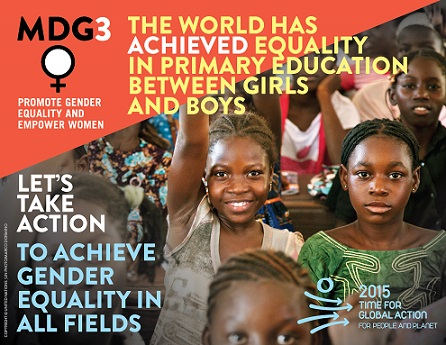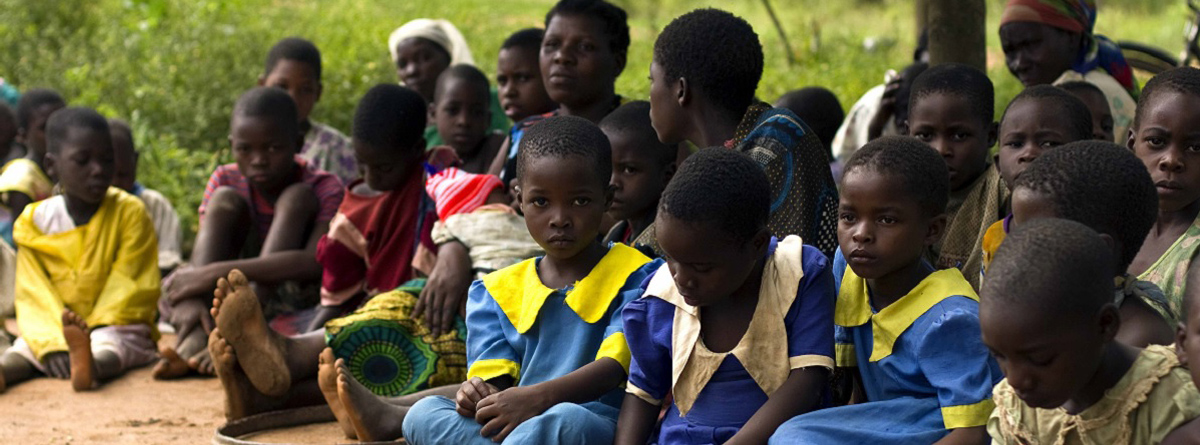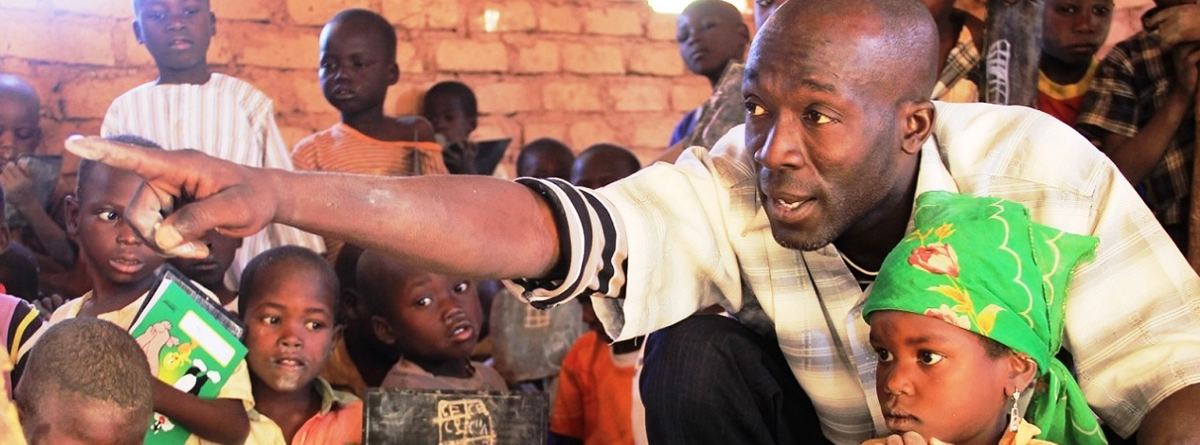A growing number of children and adolescents are out of school.
A new study by the UNESCO Institute for Statistics (UIS) shows that the global number of children and young adolescents not enrolled in school is rising at the same time that the international community is setting a new sustainable development goal that includes universal secondary education. According to UIS data for the school year ending in 2013, 124 million children and young adolescents, roughly between the ages of 6 and 15 years, have either never started school or have dropped out, compared to 122 million in 2011.
Girls are the first to be excluded.
According to UIS estimates, 24 million children will never enter a classroom. Half of all out-of-school children in sub-Saharan Africa will never enroll. Girls are the most disadvantaged, particularly in South and West Asia, where 80% of out-of-school girls are unlikely to start school, compared to just 16% for boys. In addition, 1 out of 6 adolescents is not in school, totaling 65 million in 2013. One third of these live in South and West Asia, another third in sub-Saharan Africa, where there are more adolescents out of school today than in 2000. Girls face a special challenge � especially in Africa and South Asia � as they are required to help their mothers in the subsistence agriculture, care for younger siblings, gather wood and walk for water. These responsibilities start as young as five or six years old, and are often incompatible with schooling because they keep girls busy for many hours every day.
Poor classroom conditions can impede learning
The cost of educating children far outweighs the cost of not educating them in the majority where the world�s poorest people live in sub-Saharan Africa, East Asia, the Pacific, and South Asia. Little girls work instead of going to school. In many of these developing countries the governments lack the financial resources or the political will to meet their citizens� educational needs. For those children who enroll in school, poor classroom conditions can interfere with learning. Many children who do attend school receive an inadequate education because of poorly trained, underpaid teachers, overcrowded classrooms, and a lack of basic teaching tools such as textbooks, blackboards, and pens and paper.
Work In Progress
Major progress has been made towards increasing access to education by major power such as the United Nations at all levels and increasing enrolment rates in schools. Basicliteracy skills have improved tremendously, yet bolder efforts are needed to make even greater strides for achieving universal education goals. One of those efforts is our major goal to build schools in the world�s poorest countries. This is just the beginning of our journey. We are in a mission to eradicate illiteracy around the world�s poorest countries through the Power of the Soccer Game.

 Sign In
Sign In












